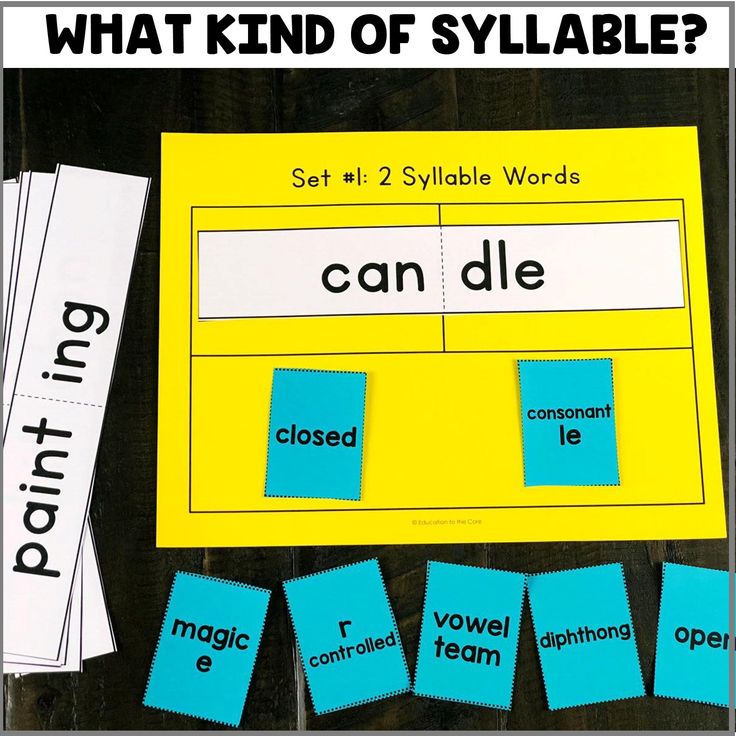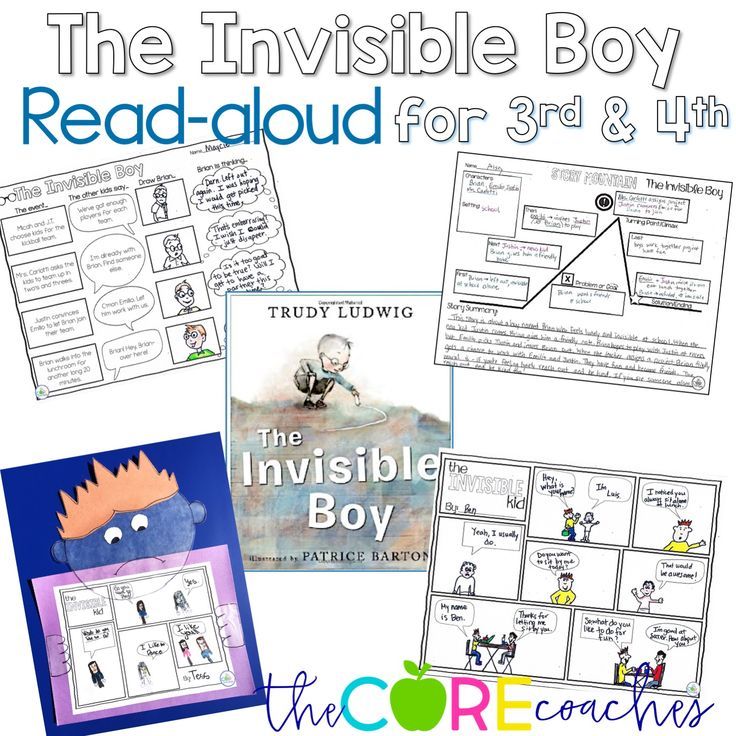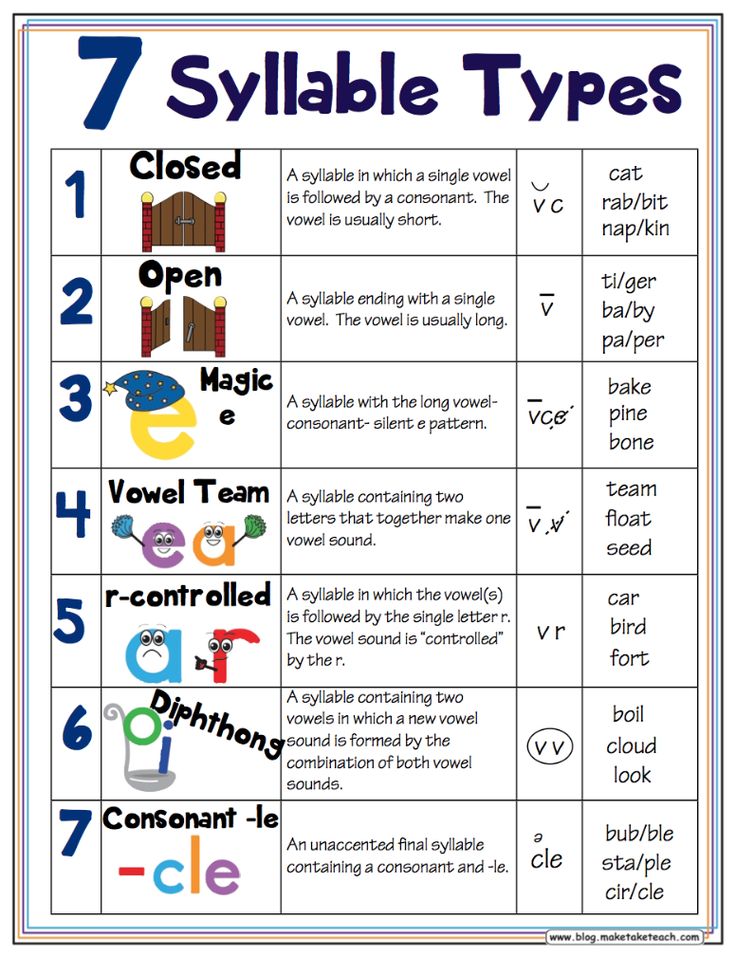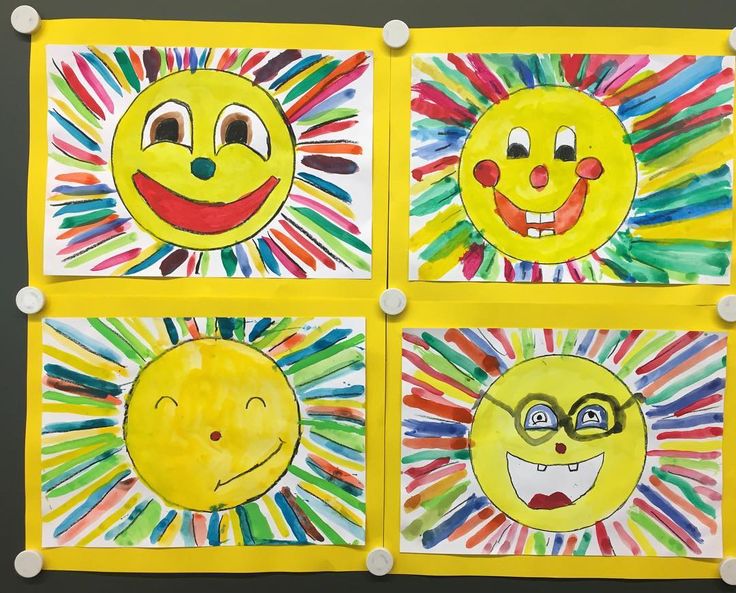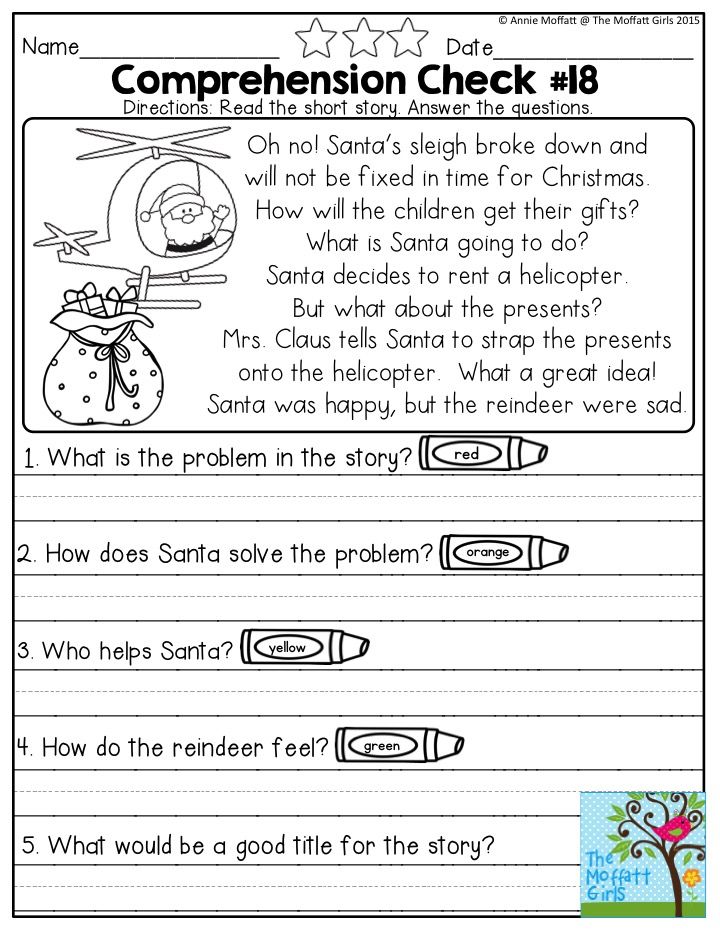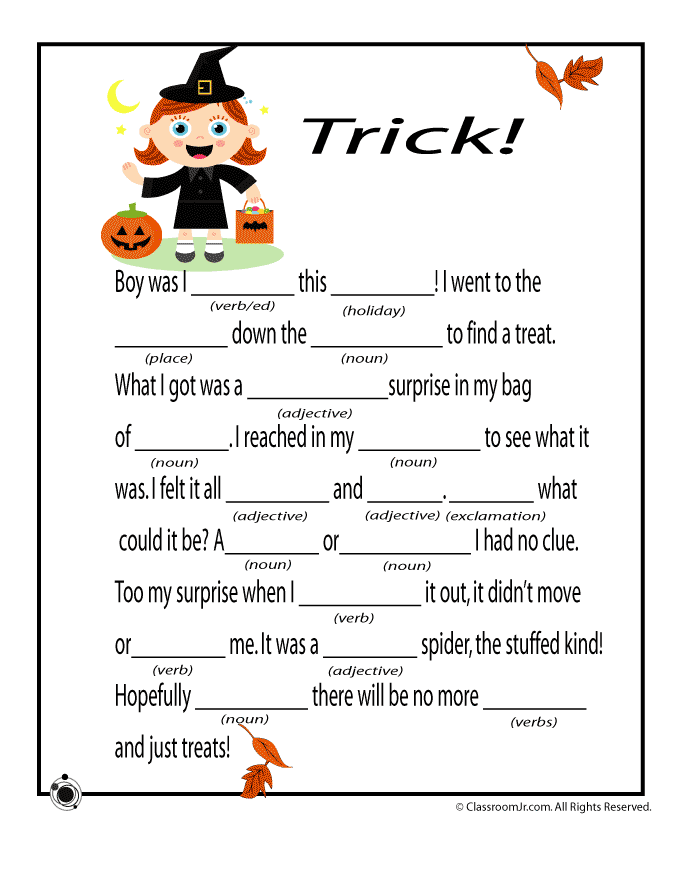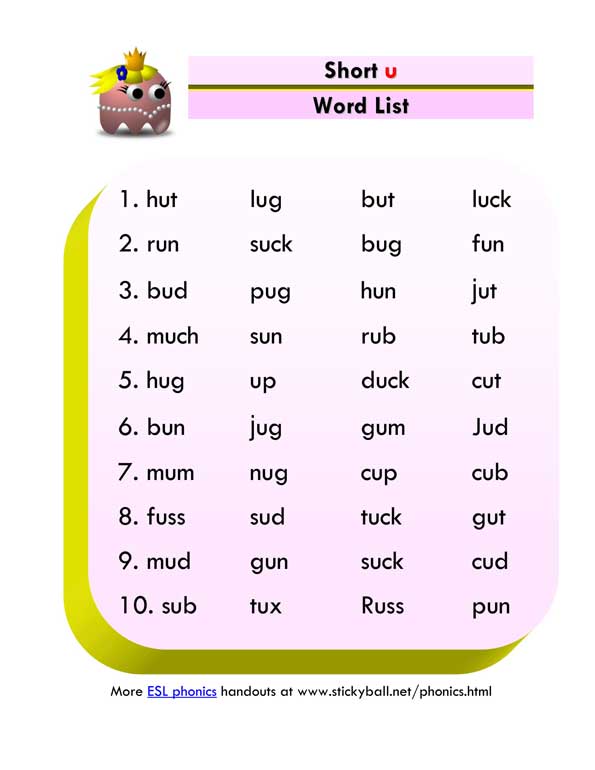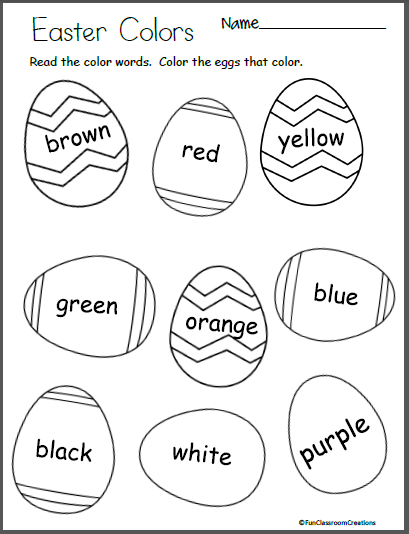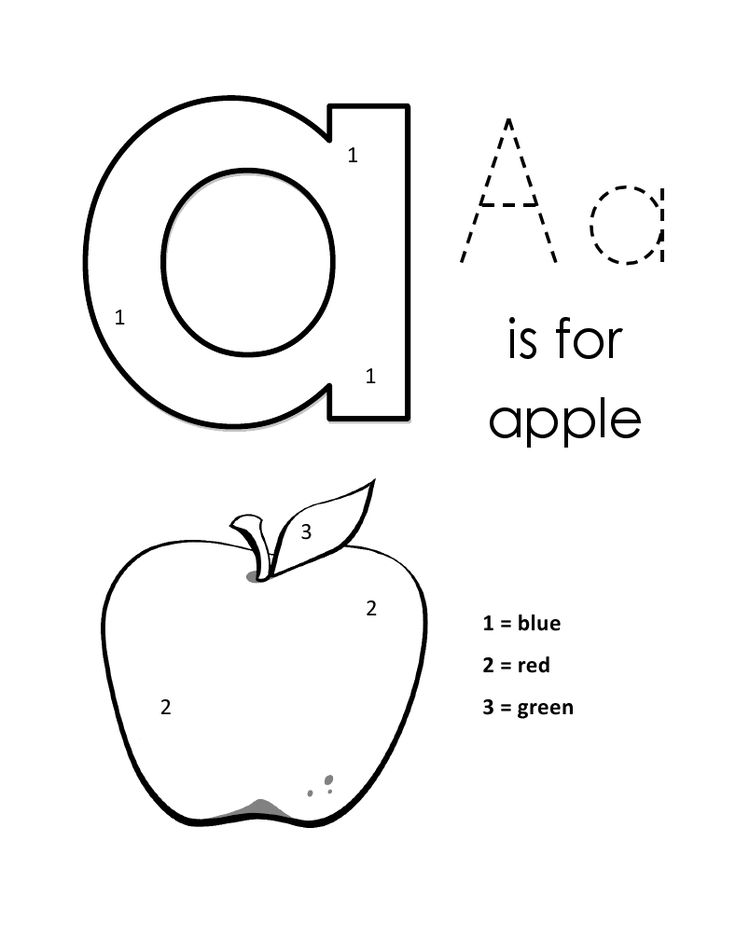Lesson plans for syllables
Syllable Games | Classroom Strategies
As students progress in their literacy understanding, they move from reading and writing single syllable words (often with consonant-vowel-consonant constructions) to reading and writing multisyllabic words. Instruction focused on teaching students about syllables often focuses on teaching different types of syllables (open and closed) and what occurs when syllables join together within a word.
| How to use: | Individually | With small groups | Whole class setting |
More phonological awareness strategies
Why teach about syllables?
- Dividing words into parts, or "chunks" helps speed the process of decoding.
- Knowing the rules for syllable division can students read words more accurately and fluently.
- Understanding syllables can also help students learn to spell words correctly.
Watch: Drumming Out Syllables
Students use a drum or tambourine to take turns drumming out the syllables in their names or other words. See the lesson plan.
This video is published with permission from the Balanced Literacy Diet. See many more related how-to videos with lesson plans in the Phonemic Awareness section.
Collect resources
Marker activity
This activity, from our article How Now Brown Cow: Phoneme Awareness Activities, is an example of how to teach students to use a marker (i.e., token) to count syllables.
The marker activity often used for word counting can be adapted for use in counting syllables. Teachers can provide each child with tokens and two or three horizontally connected boxes drawn on a sheet of paper. The children place a token in each box from left to right as they hear each syllable in a word.
Multisyllabic manipulation
This example includes several activities and a chart of multisyllabic words.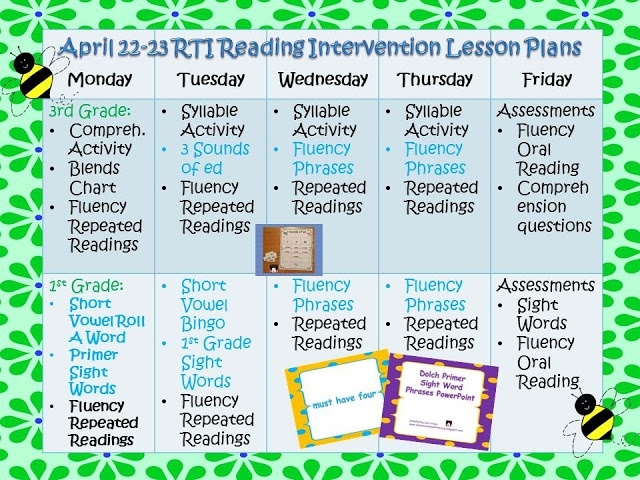 One specific activity from this page is the Multisyllabic Words Manipulation Game. Teachers can divide words from reading selections into syllables, write each syllable on a note card and display the syllables in jumbled order. Have students arrange the syllables to form the words.
One specific activity from this page is the Multisyllabic Words Manipulation Game. Teachers can divide words from reading selections into syllables, write each syllable on a note card and display the syllables in jumbled order. Have students arrange the syllables to form the words.
Multisyllabic words manipulation >
Clapping games
Associating syllables with a beat can help students to better learn the concept of syllables within words. Here's a clapping game to help young learners understand about dividing words into syllables.
Basic words clapping game >
Using mirrors
The following link includes information on introductory activities such as using mirrors for teaching students about syllables. Information is also provided about the different syllable spelling patterns.
Using a mirror to understand syllables >
Jumping syllables
This activity teaches student to separate words into syllables. Students move syllables around to create new "silly" words which gives them practice manipulating different sounds.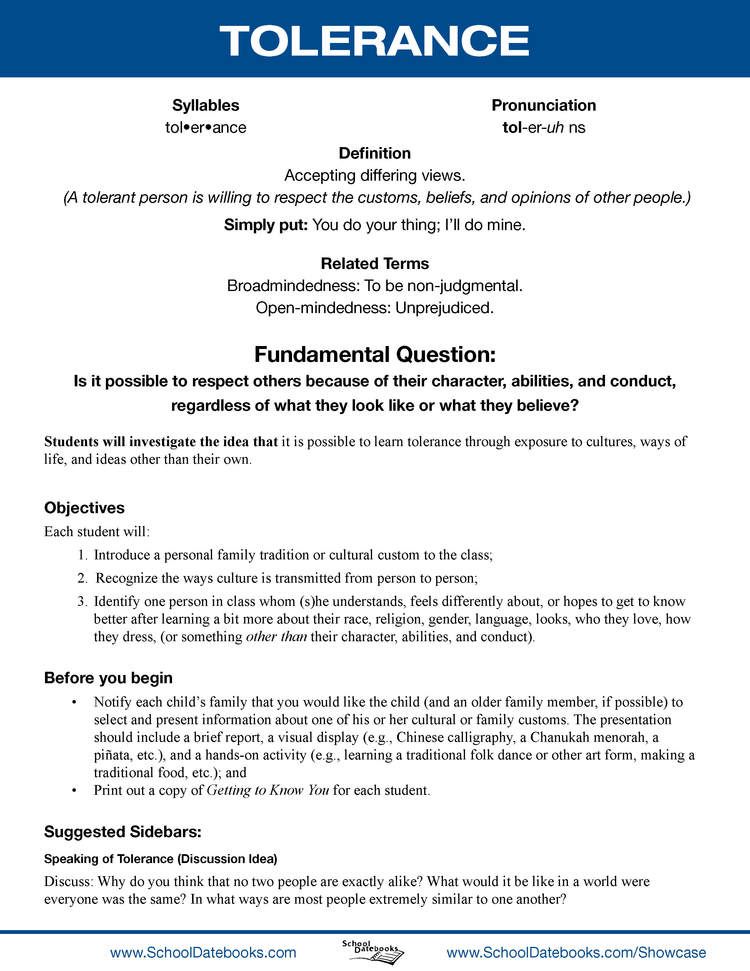
Jumping syllables >
Find many more syllable activities developed by the Florida Center for Reading Research.
Differentiated instruction
for second language learners, students of varying reading skill, and for younger learners
- Use pictures instead of words in activities for younger and lower level readers
- Include auditory and hands-on activities (i.e., clapping hands, tapping the desk, or marching in place to the syllables in children's names)
- Include a writing activity for more advanced learners.
See the research that supports this strategy
Adams, M., Foorman, B., Lundberg, I., & Beeler, T. (2004). Phonemic Activities for the Preschool or Elementary Classroom.
Ellis, E. (1997). How Now Brown Cow: Phoneme Awareness Activities.
Moats, L. & Tolman, C. (2008). Six Syllable Types.
Children's books to use with this strategy
Island: A Story of the Galápagos
By: Jason Chin
Genre: Nonfiction
Age Level: 6-9
Reading Level: Independent Reader
Young readers will explore the evolving terrain and animals of the Galápagos in this nonfiction picture book.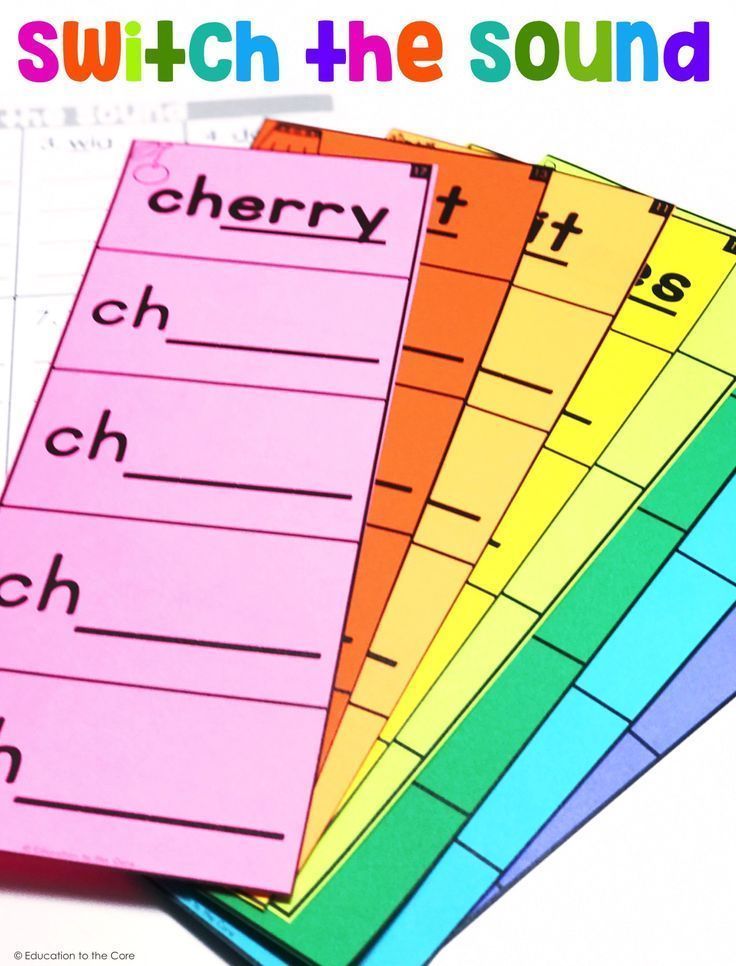 Charles Darwin first visited the Galápagos Islands almost 200 years ago, only to discover a land filled with plants and animals that could not be found anywhere else on earth. How did they come to inhabit the island? How long will they remain? Thoroughly researched and filled with intricate and beautiful paintings by award-winning author and artist Jason Chin.
Charles Darwin first visited the Galápagos Islands almost 200 years ago, only to discover a land filled with plants and animals that could not be found anywhere else on earth. How did they come to inhabit the island? How long will they remain? Thoroughly researched and filled with intricate and beautiful paintings by award-winning author and artist Jason Chin.
Where Else in the Wild? More Camouflaged Creatures Concealed & Revealed
By: David Schwartz
Age Level: 3-6
Reading Level: Beginning Reader
Close-up, full color photographs of camouflaged creatures and a variety of poems ask readers to examine the image while learning about characteristics. A gatefold opens to provide additional information. (This may appeal to children who like "real" things.)
Dogku
By: Andrew Clements
Age Level: 6-9
Reading Level: Independent Reader
The picture book story of a dog who finds a home is told in completely (and surprisingly successfully) using haiku.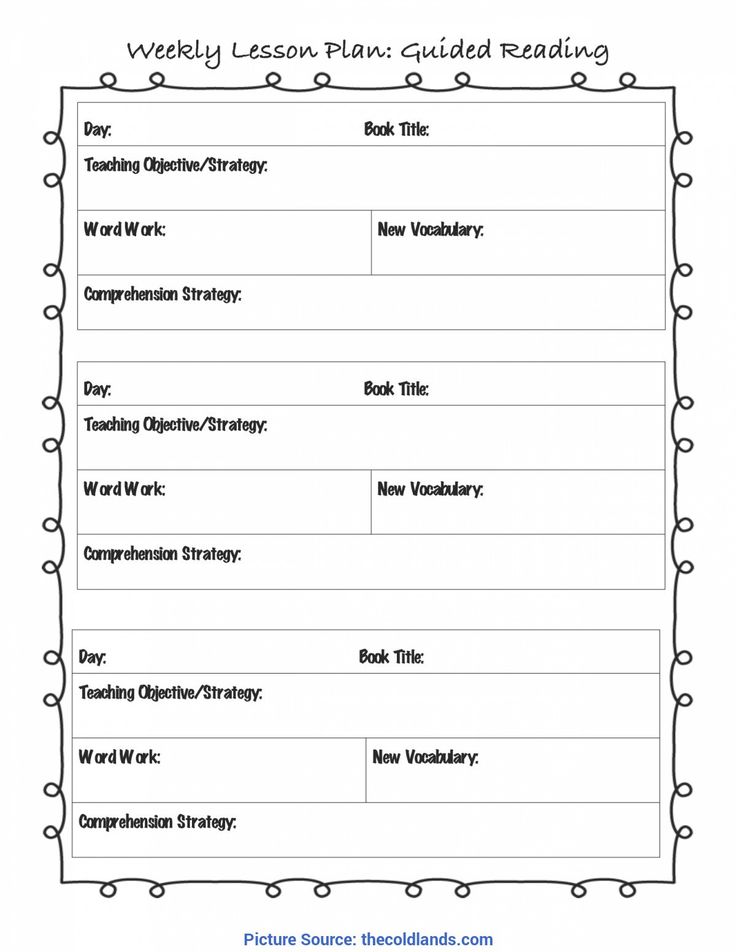
Tap Dancing on the Roof: Sijo (Poems)
By: Linda Sue Park
Genre: Poetry
Age Level: 6-9
Reading Level: Independent Reader
Like haiku, sijo – a little known, brief poetic form from Korea – looks at everyday activities from breakfast to the weather. Sophisticated illustrations complement the seemingly simple language to delight readers and listeners.
Comments
Lesson 1: Introducing syllables
Skip to content
Links to the Victorian Curriculum – English
Speaking and Listening, Language: Phonics and word knowledge
Foundation:
- Identify rhyming words, alliteration patterns, syllables and some sounds (phonemes) in spoken words (Content description VCELA168)
Links to the Victorian Curriculum – English as an Additional Language (EAL)
Pathway A
Speaking and listening
Level A1:
- Imitate pronunciation, stress and intonation patterns (VCEALL027)
Level A2:
- Repeat or modify a sentence or phrase, modelling rhythm, intonation and pronunciation on the speech of others (VCEALL109)
Pathway B
Speaking and listening
Level BL:
- Use comprehensible pronunciation for familiar words (VCEALL182)
Level B1:
- Use comprehensible pronunciation for a range of high-frequency words learnt in class (VCEALL262)
Resources required
- Clave sticks or untuned musical instruments
- A4 posters with 1, 2, 3 and 4 printed separately
Learning intention
I am learning that words are made up of syllables.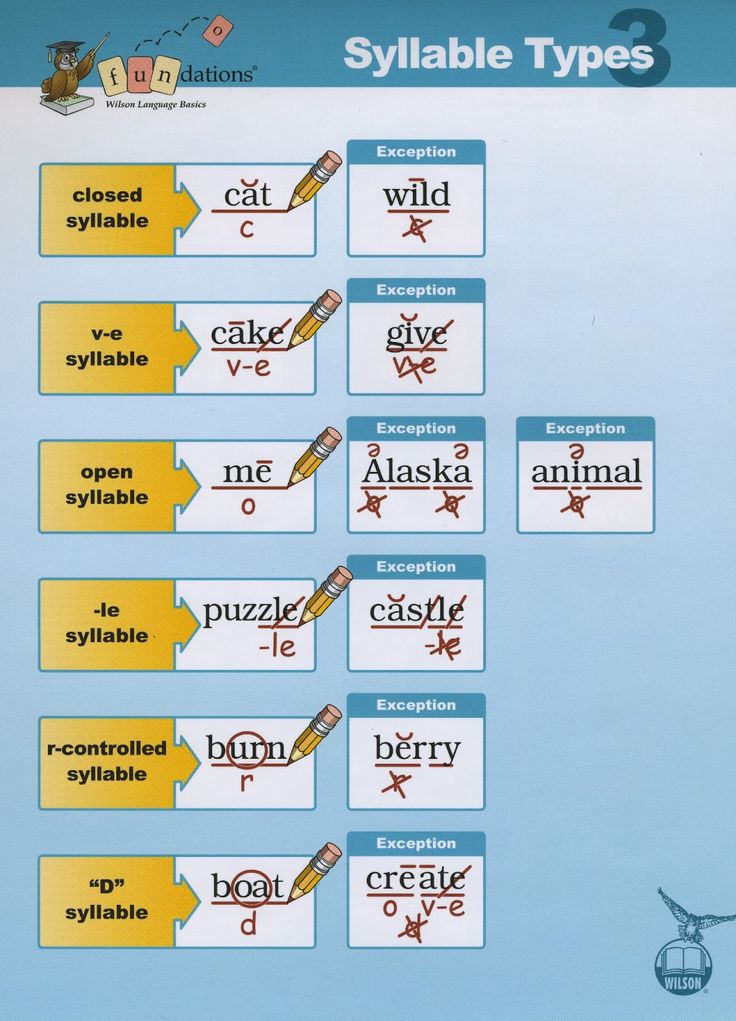
Success criteria
- I can clap the beats (syllables) in my name.
- I can count the number of beats (syllables) in my name.
Lesson sequence
- Introduce what a syllable is (beats in a word). All syllables must contain a vowel or vowel-like sound in them. We break words into syllables to help us with our reading and writing.
- Model clapping the syllables in teacher names (eg. Lin.da-2 syllables, Mo.ham.med-3 syllables, Lil. i.an.na-4 syllables).
- Ask students to turn and talk to a partner to say their name and clap the number of beats (syllables) in it. Rove pairs to check.
- Place a number 1, 2, 3 and 4 around the room. Students who have one syllable stand under the 1, 2 syllables stand near the 2 and so on.
- Using clave sticks, ask students in each group to say their name and clap using clave sticks. Which name has the most syllables? Which has the least?
- Students turn and talk in their numbered groups.
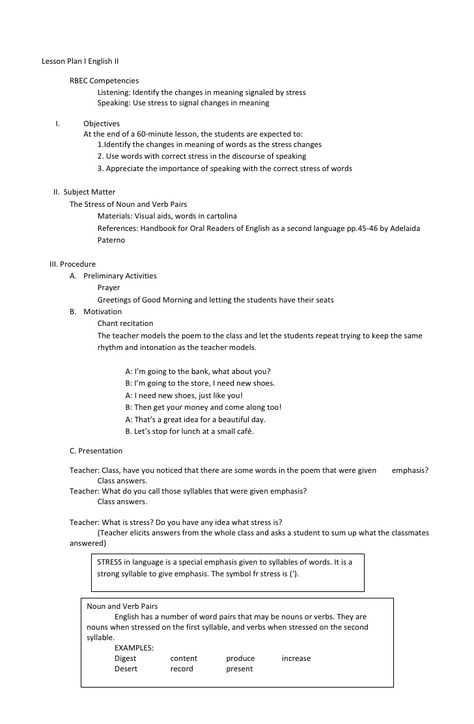 Can they think of different names that have the same number of syllables as their names? Can they think of other names that have more/less syllables than their names syllables? Test using the clave sticks. Each group share.
Can they think of different names that have the same number of syllables as their names? Can they think of other names that have more/less syllables than their names syllables? Test using the clave sticks. Each group share. - Return to the main group. Revisit the success criteria and check student understanding.
Back to top
Last Update: 15 July 2020
Our website uses a free tool to translate into other languages. This tool is a guide and may not be accurate. For more, see: Information in your language
Syllable. Division into Syllables. | Outline of the lesson in the Russian language (grade 1) on the topic:
MOU "Klishinskaya OOSh"
Open lesson in the 1st grade in the Russian language.
03/27/2018
Open day for parents
Teacher: Panina M.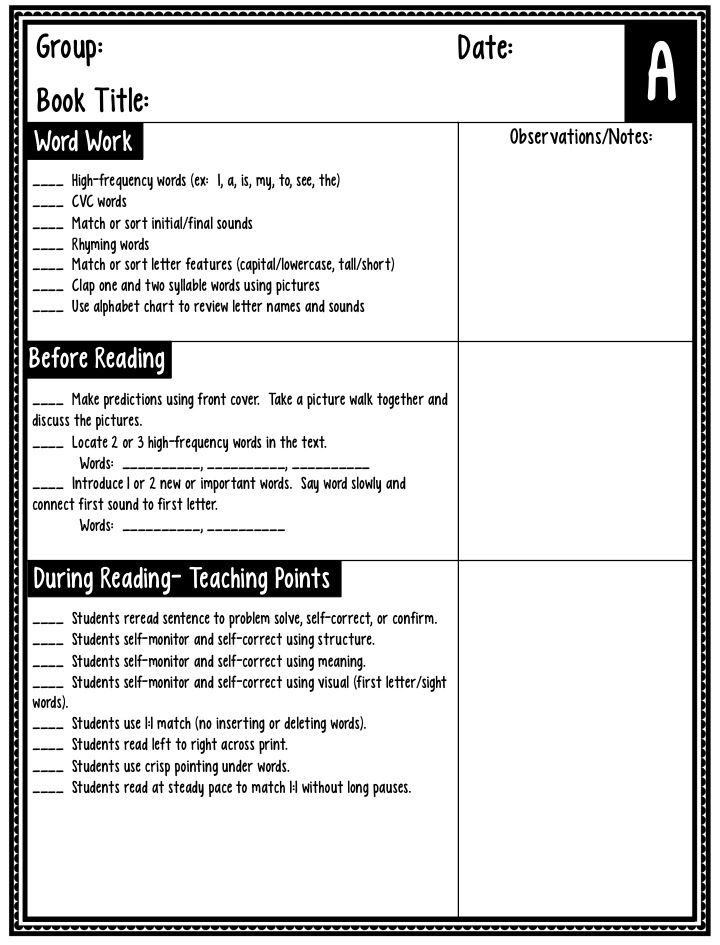 I.
I.
Lesson topic: “Word and syllable. Dividing words into syllables.
Purpose of the lesson: formation of the ability to distinguish between a word and a syllable, to divide words into syllables.
Tasks:
- expand and clarify students' knowledge of how words are divided into syllables;
- teach to highlight syllables in words;
- to activate and expand students' vocabulary;
- to create conditions for the development of communication skills of cooperation with adults and peers.
Mastered UUD
Regulatory: perform a trial educational action, determine the purpose of the lesson, analyze and compare with the standard, control, correct and evaluate the work performed according to specified criteria, plan educational cooperation.
Communicative: express one's thoughts with sufficient completeness and accuracy, take into account different opinions.
Cognitive: extract the necessary information from a sentence, sum up a concept, choose the most effective ways to complete a task, independently create an algorithm of actions, perform actions according to an algorithm.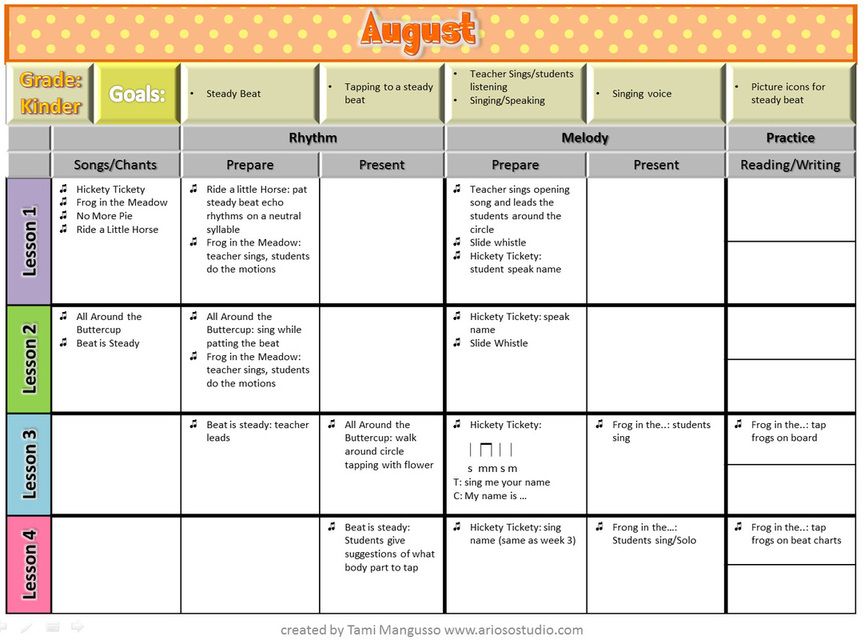
Personal: conduct self-assessment based on success criteria, adequately understand the reasons for success / failure in educational activities.
Course of the lesson
1. Organizational moment.
- We have guests at the lesson today. Greet them.
- Show me your readiness for a Russian lesson.
The bell has already rung.
How do we start the lesson?
We are sitting at the lesson -
We do not make noise and do not shout,
We quietly raise our hands,
If they ask, we answer.
We are a good friendly class!
Everything will work out for us.
- Open your notebooks.
I'll open my notebook
And lay it down.
I, friends, will not hide from you:
I am holding the pen like this.
I will sit straight, I will not bend.
I'll get to work.
- Let's remember what the little man sitting at the desk warns us about.
(PKCHAG - write beautifully, cleanly, neatly, competently)
- Write down today's date.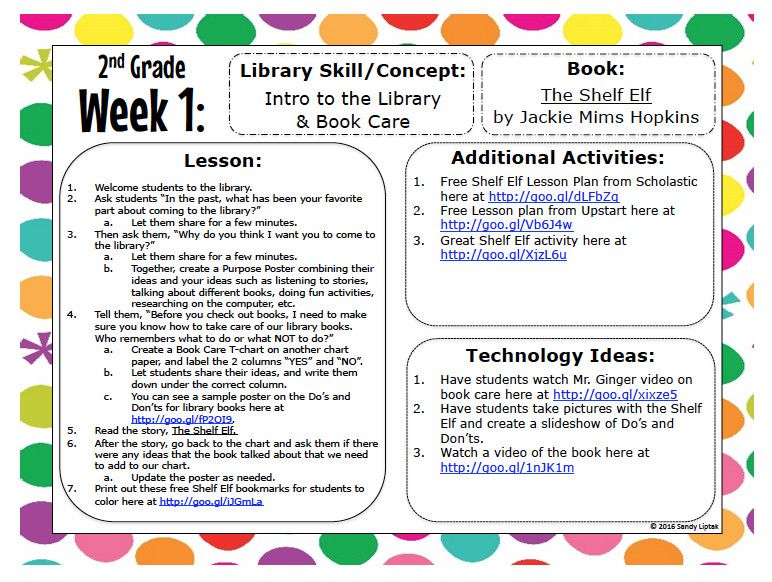 March 27th. Classwork.
March 27th. Classwork.
- What time of year does the month of March belong to?
- Spring is late, but to make it come faster, let's help the twig blossom. For all your correct answers in the lesson, leaves will bloom on the branch.
2. Calligraphy
- Guess what letter we will write on the calligraphy minute:
"This letter is wide and looks like a beetle"?
- Describe the sound that we write with this letter.
- Let's write the letter Zhzh.
(Teacher shows on the blackboard, children write in the air).
- Write a whole line.
3.Updating knowledge.
- Read the words: giraffe, snakes, hedgehogs, beetle.
- What do these words have in common?
- Which word is superfluous?
- How to find out how many syllables are in a word?
(clapping, chin, usually breathing)
- How do we divide into syllables?
(Children go to the board one by one and divide the words into syllables).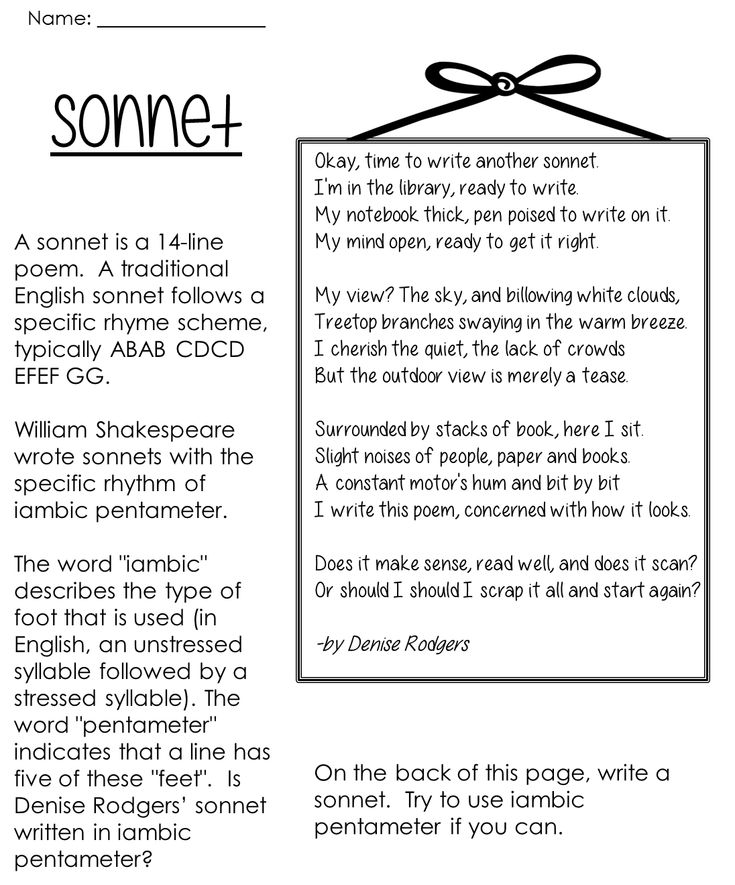
- What is the topic of our lesson.
- So, what are we going to learn in the lesson?
- Well done! THE FIRST LEAF FLOWED ON OUR Twig.
4. Vocabulary work.
- Guess the riddle.
Fluffy tail.
Golden fur.
Lives in the forest.
Chicken steals.
Who is this?
(Fox. That's right, but how to call the fox affectionately? Fox)
(Hang the picture on the board)
- What letter in this word do we need to remember?
- Everyone knows perfectly well what a fox is. Here is what she says about herself.
(A girl comes out with a picture of a fox)
- I am a fox - a predatory animal with a sharp muzzle and a long fluffy tail. The gossip-fox has sharp teeth, a thin stigma, ears on the top of the head, a tail at the fly away, and a warm fur coat. Kuma is well dressed up: wool is fluffy, golden; waistcoat on the chest, and a white tie around the neck. The word fox is also used in a figurative sense. So they say about a cunning, flattering person.
So they say about a cunning, flattering person.
- Let's make a sentence with the word fox.
(Children make sentences).
- What rules for writing a sentence do you know?
Writing a sentence at the blackboard: A fox lives in a mink.
- Name familiar spellings.
- Divide words into syllables.
- Well done! ANOTHER LEAF FLOWED ON OUR Twig.
5. Physical Minute.
- What are the names of words that consist of one syllable? (monosyllabic)
- What are the names of words that consist of two syllables? (disyllabic)
- What are trisyllabic words?
- I will call you different words, and you, if the word has 1 syllable, clap your hands; if 2 syllables - stomp your feet; if three syllables - squat.
Forest, porridge, ringing, house, elephant, jellyfish, dog, slippers, school, chicken, salt, mother, world.
- Well done! ANOTHER LEAF FLOWED ON OUR Twig.
6. Work with the textbook.
- Open your textbook to page 34. Find exercise 6. Read the task.
Find exercise 6. Read the task.
(One student reads the task aloud).
- Let's work in pairs. Let's complete this task.
- Let's check what you got.
GOOD GUYS! ANOTHER LEAF APPEARS ON OUR Twig.
7. Physical exercise.
Quietly stood up, stretched,
Once - sat down, Two - bent down,
Three - inhaled deeply and jumped easily.
They patted their hands and stamped their feet.
Sit quietly, fine. Let's work some more.
8. Work with the textbook (continued)
- Let's do exercise 7.
- What is the name of this fairy tale? ("Turnip") Let's read it. What heroes are missing? Write only the first sentence and divide the words into syllables. Do not forget about the rules for writing a proposal. Name a one-syllable word (grandfather). Why is it called that? (one syllable) And how did you know it? (one vowel) What is the two-syllable word. (turnip) Why? How did you know? Name a three-syllable word. (planted) Why? How did you know?
(planted) Why? How did you know?
ANOTHER LEAF ON A Twig.
9. Fixing.
- Let's play. Make the first syllable the second. You will get new words.
(reeds, canopy, pump, happy)
- Write down new words.
ANOTHER LEAF ON A Twig.
10. Lesson summary.
- Why did we need this lesson?
- What did you learn?
11. Reflection
- Think and answer the question:
- What can I praise myself for?
- What can I praise my classmates for?
- What can I praise the teacher for?
- Choose the color you want and show me how you rate your work in the lesson.
- I really liked the way they worked… (give names).
- I also think that our lesson achieved its goal. You are all great and have done a great job. It is still cold outside, it is snowing, but look what a wonderful branch has blossomed in our class thanks to your knowledge and efforts.
- Thank you for the lesson!
(Make this inscription on the other side of the board in magnetic letters)

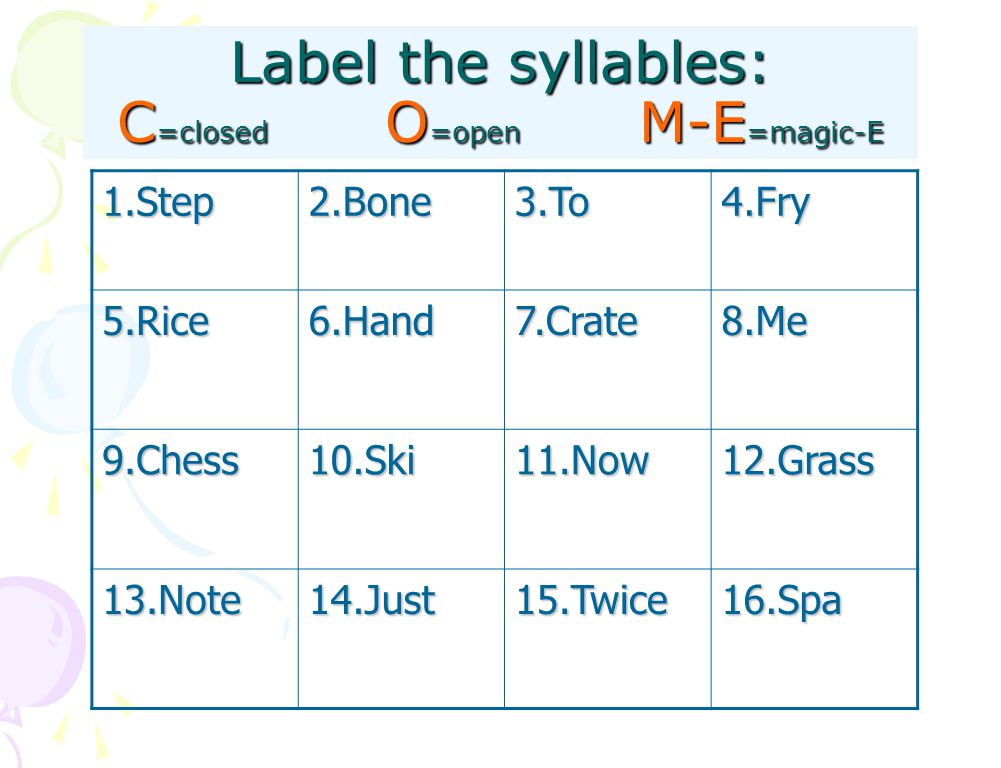 DIVISION OF A WORD INTO SYLLABLES. SYLLO-FORMING ROLE OF VOICES "Grade 1
DIVISION OF A WORD INTO SYLLABLES. SYLLO-FORMING ROLE OF VOICES "Grade 1 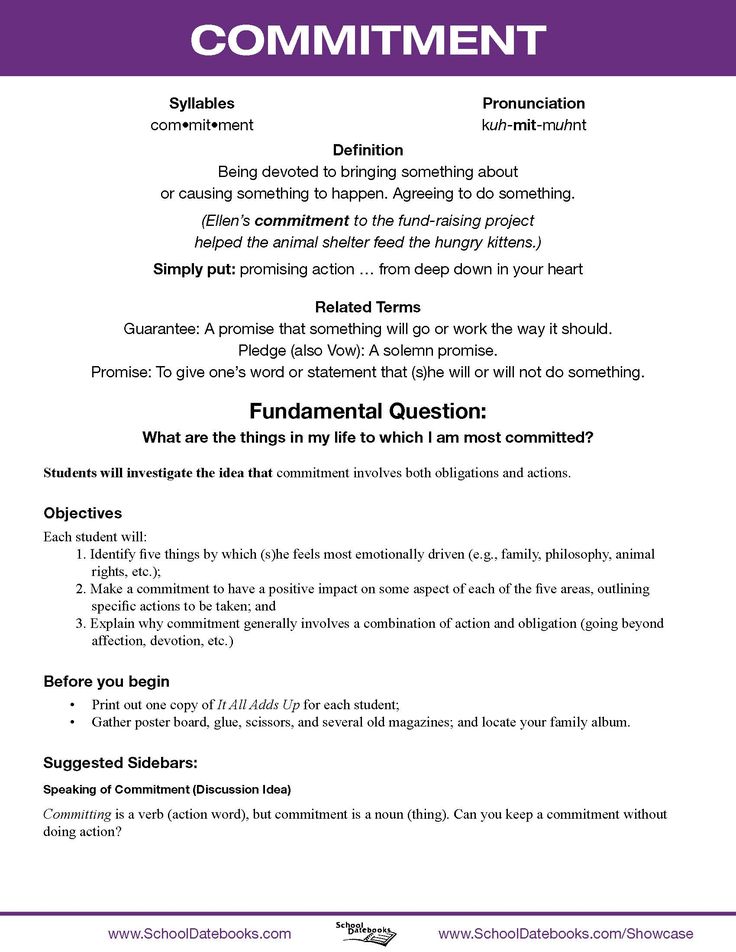
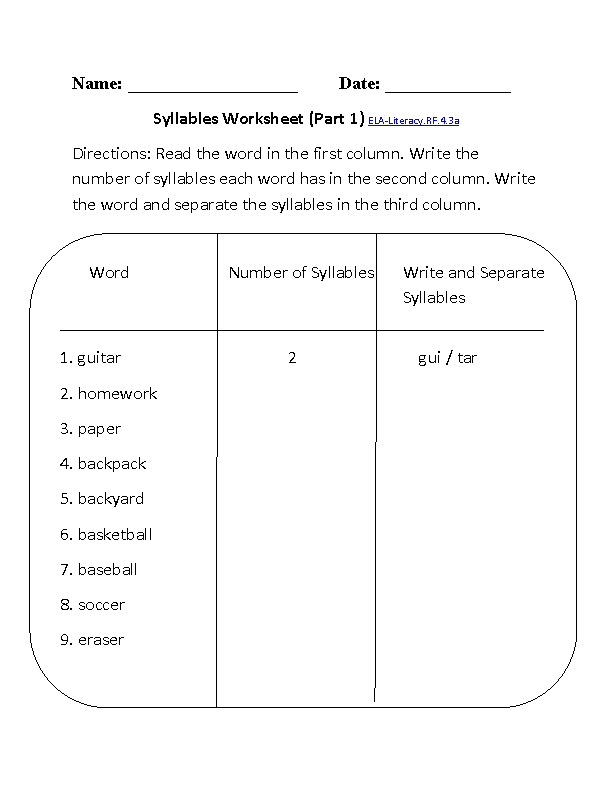 Children name 6 vowels.
Children name 6 vowels. 
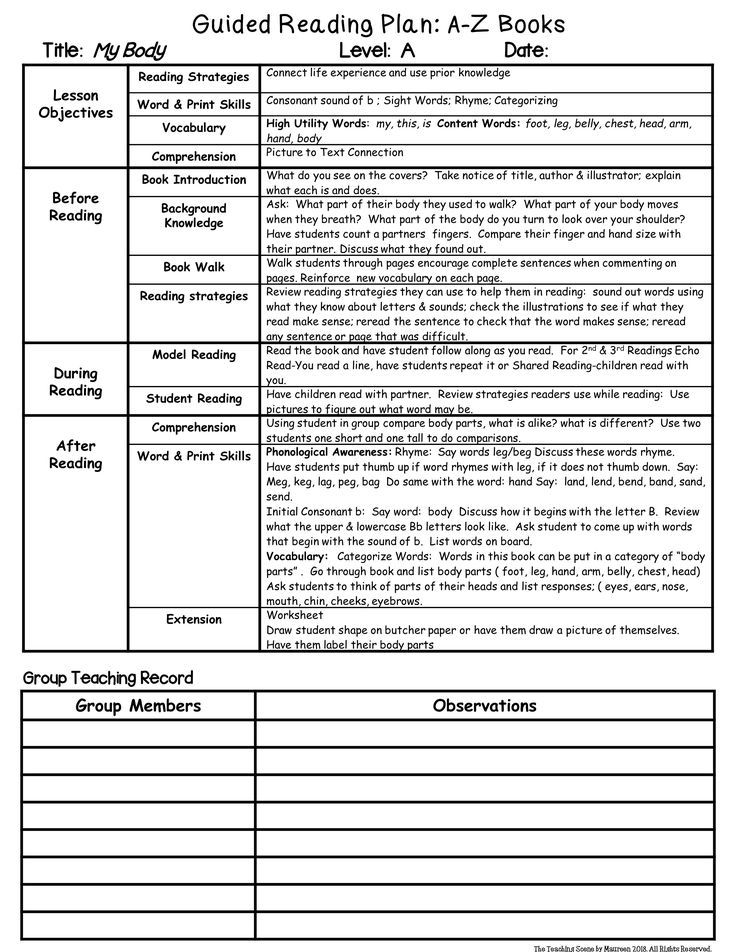
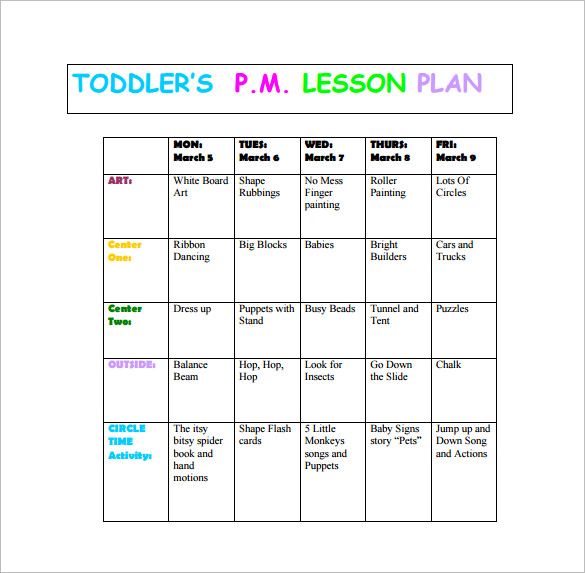 Children "catch" the word, where there is 1 syllable, then the rule changes -2 syllables. Dictates clearly and distinctly, corrects mistakes - asks to tap a word and make sure of the right number of syllables.
Children "catch" the word, where there is 1 syllable, then the rule changes -2 syllables. Dictates clearly and distinctly, corrects mistakes - asks to tap a word and make sure of the right number of syllables. 
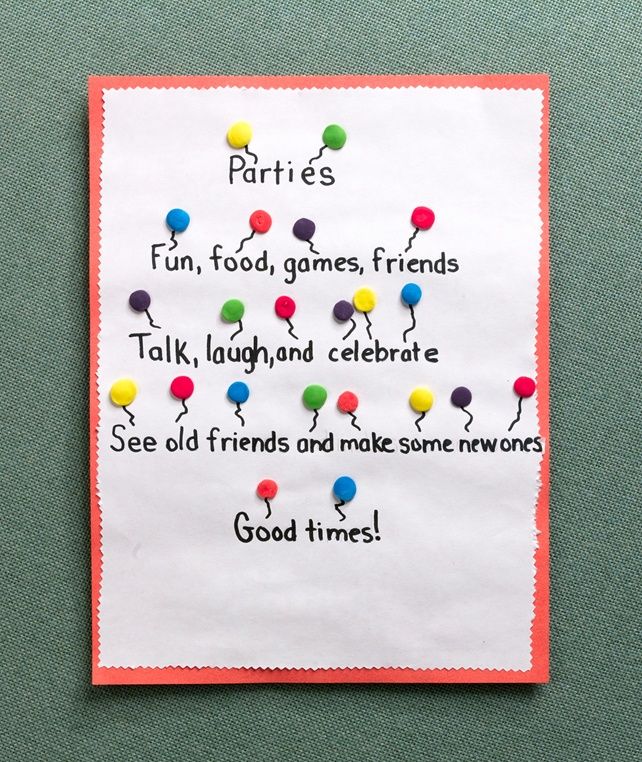 Develop
Develop 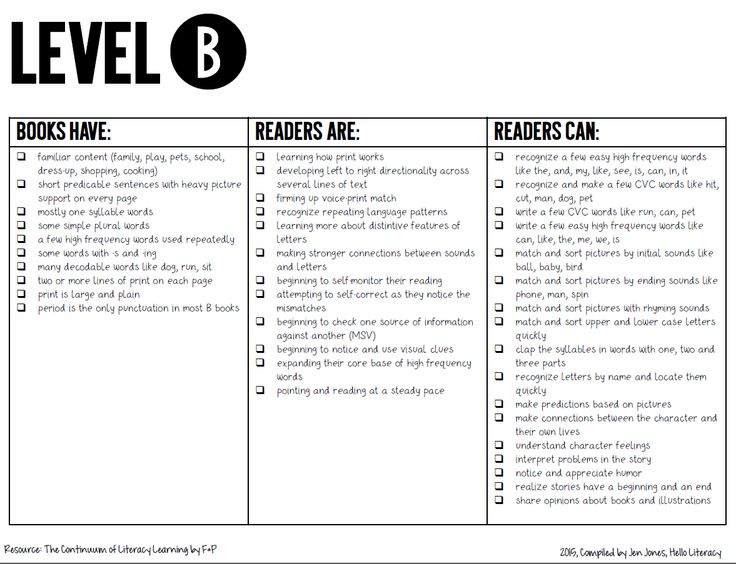 Encourages children to evaluate statements.
Encourages children to evaluate statements. 